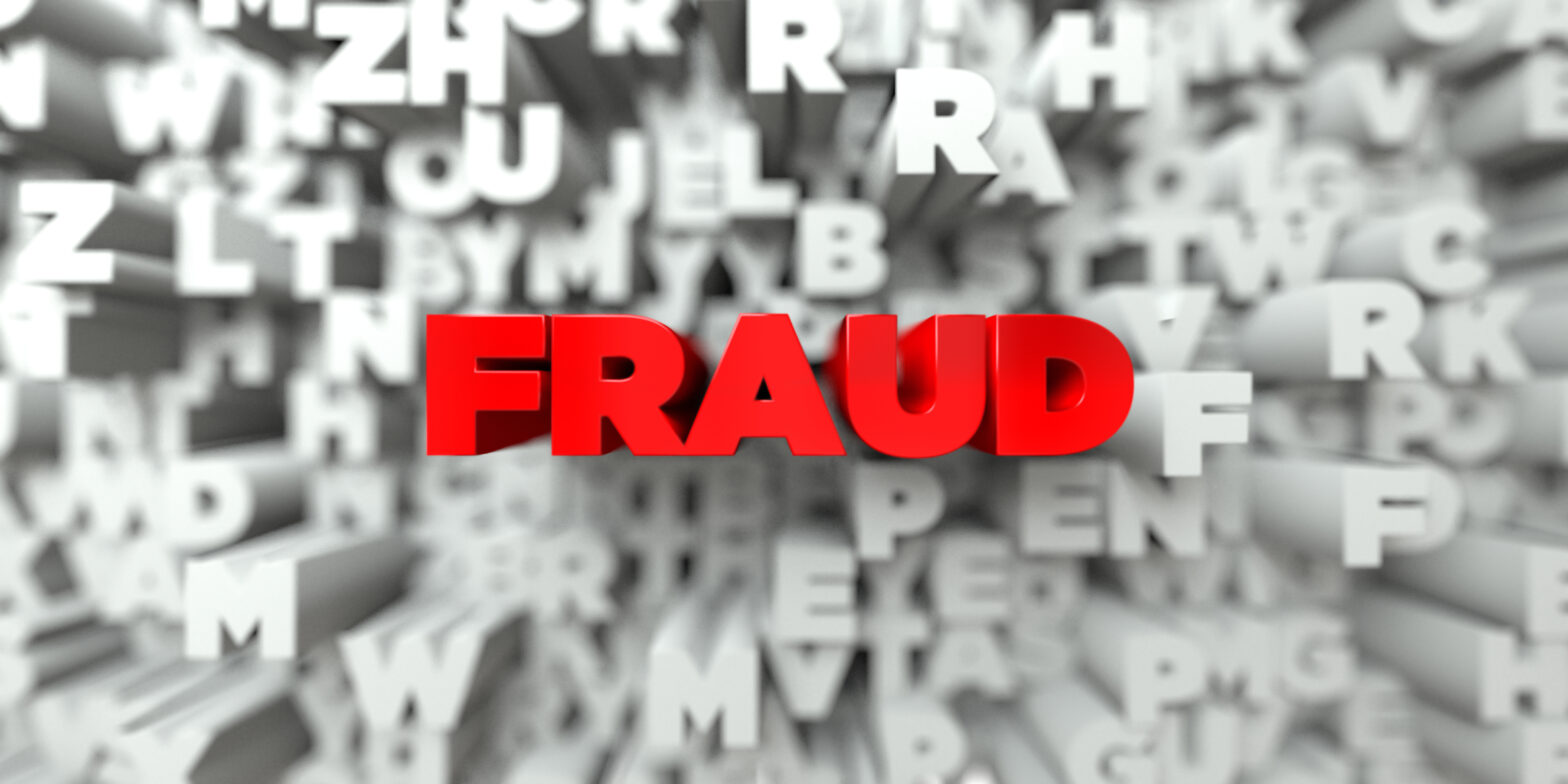Ad fraud is currently hitting the headlines. Brands including HSBC, L’Oreal and Marks and Spencer have all pulled adverts from Google owned-YouTube this year, after some of them appeared next to extreme content back in March.
Whilst the likes of Google and Facebook are taking most of the flak, it doesn’t take long to realise that the blame game is not going to get us very far. Passing the buck when it comes to ad fraud is no longer acceptable as it is an industry wide problem. The scale of ad fraud cannot be ignored and neither can the damaging effects which are felt by brands, agencies, platforms, publishers and ultimately the end users.
>See also: Why machine learning will impact, but not take, your job
Serious damage can be done by just one rogue impression. Even if a single impression appears on the wrong website, a consumer’s perception of that brand can be immediately ruined.
Given brands are fighting hard to convert impressions into customers, you cannot afford to place all your trust into a fully automated process. The problem has been admitted, so what’s the cure?
Communication
As we know, the two key goals for the industry are to be transparent and deliver results. Constant communication between agencies and brands is going to be key to ensuring it’s known where the money is going and what the outcomes are going to be.
>See also: Transparency vs. in-house measurement tools
Success here will be agencies not over promising and brands having more clarity on where their ads are appearing. As part of this, CMOs at brands should not be putting undue pressure on their agency to deliver unrealistic KPIs. The effort required to hit tough targets is what often drives the use of questionable inventory.
Transparency
Much of the ad fraud debate has been led by P&G and its calls for greater transparency. P&G’s proactive approach to the problem has led to it selecting The Trade Desk as its preferred demand-side platform. The Trade Desk works with a range of partners and appreciates the importance of brand safety and ad fraud prevention.
It works closely with advanced keyword technology partner Grapeshot, a company which analyses actual page content to determine its context meaning it helps trading desks to make more informed buying decisions.
>See also: The digital attention deficit
At DMEXCO this year, P&G’s marketing boss Marc Pritchard said when it comes to transparency, the company now has objective performance data and can see the true value of its media investments. “The fog has begun to clear” he stated, “and what we are finding is illuminating”. Choosing the right partners who have an ethos of ethical trading is now a must for all businesses.
Technology
Working with known publishers with quality audiences reduces the risk dramatically. Layering on top a robust fraud prevention tool and a content verification partner will provide brands and agencies with a nearly impenetrable shield of protection.
Understanding what each prevention tool can deliver is essential. For example, tools offer pre-bid to filter bad traffic before buying the impression, or post campaign data analytics to help achieve financial adjustments.
>See also: The digital attention deficit
There is also a choice of campaign insights which capture digital forensics on each users’ device to measure ‘viewability’ and identify questionable sources. Then there are tools which focus more on brand safety to protect brands from appearing next to inappropriate content. Each business needs to prioritise what is crucial for them and then provide clear briefs to the tech providers to ensure they get the right protection.
Common sense
While we are reliant on technology to do our jobs, there is a human element that also must not be forgotten. Common sense has a role to play. If you are buying inventory cheaply on the open auction, you increase your risk that the inventory might not be seen by human beings. This is where error creeps in and lazy trading could result in highly harmful and negative results and press. Key takeaway from this is: do not be the headline!
Accountability
The mainstream notion that Google is the only one to blame for the issues is laughable at best. The search giant certainly deserved to be held to account and had to make several critical changes.
>See also: Unlocking dark data for a binge-watching generation
Google is not the only problem and the industry needs to stop the finger pointing and start taking responsibility for how it trades and who its trades with. The Joint Industry Committee for Web Standards (JICWEBS) recently announced that it will now certify companies that provide anti-fraud products in the next stage of its plan to tackle online ad fraud.
This is a good start to getting us where we need to be. And hopefully we will finish 2017 as an industry that is the most efficient, best performing and ultimately, safest environment for ad placement.
Sourced by Julia Smith, director of Communications, Impact Radius and Forensiq







